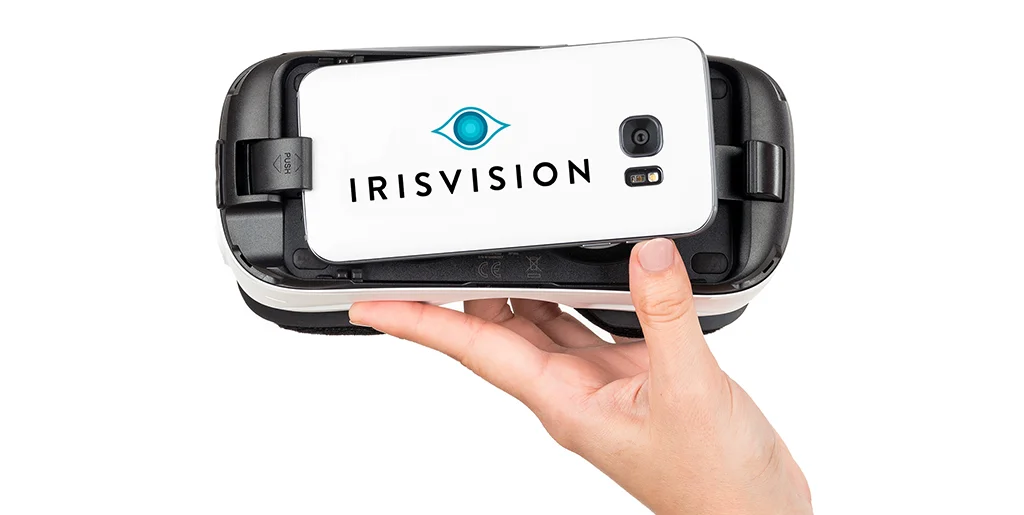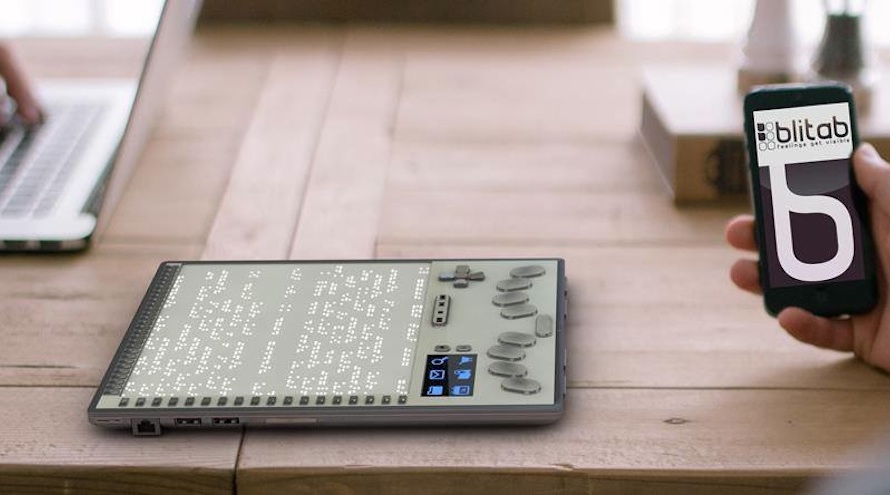Smart Glasses for the Visually Impaired: Innovations in Vision Support
Empowering Freedom With Assistive Technology for the Blind
The assimilation of assistive innovation into the lives of individuals with visual problems represents a substantial improvement in advertising independence and self-sufficiency. From ingenious screen visitors to innovative wise canes, these devices not only boost everyday navigating and interaction however also encourage individuals to engage meaningfully in various elements of life. As we explore the myriad advantages and real-world applications of these modern technologies, it ends up being essential to analyze the underlying elements that add to their efficiency and the capacity for future advancements in this essential field.
Overview of Assistive Technology

The growth of assistive modern technology is grounded in concepts of inclusivity and empowerment. Advancements in software application, equipment, and sensory improvements offer customers with choices customized to their specific needs. From display viewers that convert message to speech, to responsive devices that share info with touch, these devices change the way people involve with their surroundings.
Along with sensible applications, assistive technology cultivates greater social incorporation and engagement in numerous markets, including education and work (Voice-activated assistive devices). As r & d continue to evolve, the potential for assistive innovation to even more boost the lives of visually damaged people remains encouraging, leading the way for an extra fair culture where everyone can flourish
Kinds of Assistive Instruments
A range of assistive tools have emerged to support individuals with aesthetic problems, each designed to fulfill details needs and boost everyday functioning. These tools range from low-tech options to sophisticated advancements, offering diverse choices for customers.
Low-tech gadgets consist of magnifiers and large-print materials that assist in analysis and writing. Braille devices, such as Braille slates and styluses, make it possible for responsive reading and communication. Orientation and wheelchair help, like white walking canes, assist users browse their environment securely.
On the greater end of the range, digital magnifying systems and display readers use considerable assistance. Digital magnifiers enable customers to increase the size of message and pictures on displays, while display visitors transform electronic content right into manufactured speech, assisting in accessibility to information on mobile phones and computer systems.
Mobile phone applications also play an essential duty, giving attributes like message recognition and navigation aid. Wearable innovation, such as smart glasses furnished with enhanced fact, is emerging as a promising tool to enhance situational understanding.
Benefits of Assistive Technology
The combination of assistive innovation considerably enhances the lifestyle for people with visual impairments. These innovations encourage users by promoting self-reliance, enabling them to navigate their settings better click this and do day-to-day jobs with higher simplicity. For instance, screen visitors and zoom software allow people to accessibility digital information, cultivating professional and academic chances that might have previously run out reach.
Furthermore, assistive devices such as smart walking canes and general practitioners applications offer real-time navigation support, improving movement and safety and security. This boosted autonomy not only improves self-worth yet also encourages social interaction, permitting customers to participate even more fully in their communities.
Assistive modern technology also facilitates communication, assisting users get in touch with others with voice acknowledgment and text-to-speech applications. This capability is essential for preserving relationships and accessing important details.
In addition, the modification alternatives available with many assistive technologies make certain that individuals can customize tools to their particular needs, better boosting use and performance. On the whole, the benefits of assistive modern technology for individuals with visual problems are extensive, promoting a more comprehensive society where everybody can pursue their objectives and aspirations.
Case Research Studies and Success Stories
Highlighting the transformative influence of assistive innovation, many study show just how individuals with aesthetic problems have efficiently integrated these tools into their day-to-days live. One engaging instance involves a college pupil who made use of screen reading software program to navigate online sources and academic materials successfully. This technology not just promoted her education and learning yet also improved her self-confidence in joining conversations and group jobs.
One more study features a specialist who employs a mobile phone application developed for navigating and things recognition. By utilizing this application, he has actually reclaimed autonomy in both his individual and work settings, permitting him to commute independently and involve with coworkers a lot more successfully.
Furthermore, a retiree shared her experience with braille e-readers, which enabled her to access a substantial array of literary works and stay gotten in touch with her neighborhood via book clubs.
These success stories underscore the vital role of assistive innovation in promoting independence, enhancing lifestyle, and promoting social assimilation for individuals with visual impairments (Assistive technology for the blind). By accepting these cutting-edge devices, users can get over challenges and seize chances that add to their specialist and personal fulfillment

Future Fads in Assistive Modern Technology
Technology in assistive modern technology is poised to redefine the landscape of assistance for people with aesthetic disabilities. Emerging trends highlight the integration of fabricated intelligence (AI) and device knowing, which boost the functionality of devices that help with navigation and information accessibility. For circumstances, AI-driven applications are currently efficient in interpreting visual information in real-time, making it possible for customers to involve with their setting a lot more individually.
Moreover, the development of wearable modern technology is advancing rapidly. Smart glasses outfitted with enhanced reality (AR) can supply audio summaries of environments, changing how customers engage with public spaces. These gadgets not just advertise autonomy however also foster social addition.
Additionally, the Internet of Things (IoT) is making homes smarter, enabling seamless connection between day-to-day More Bonuses devices and assistive gadgets. This connection equips customers by enabling automated responses and voice-activated controls tailored to specific needs.
Conclusion
To Resources conclude, assistive technology plays an essential role in equipping people with visual impairments by improving their freedom and engagement with their surroundings. The varied variety of applications and gadgets readily available not only helps with navigating and communication but likewise advertises social assimilation and opportunities for expert and individual development. As advancements continue in this field, the possibility for improving the lifestyle for those with aesthetic impairments will broaden, promoting greater autonomy and empowerment.
